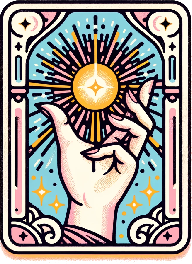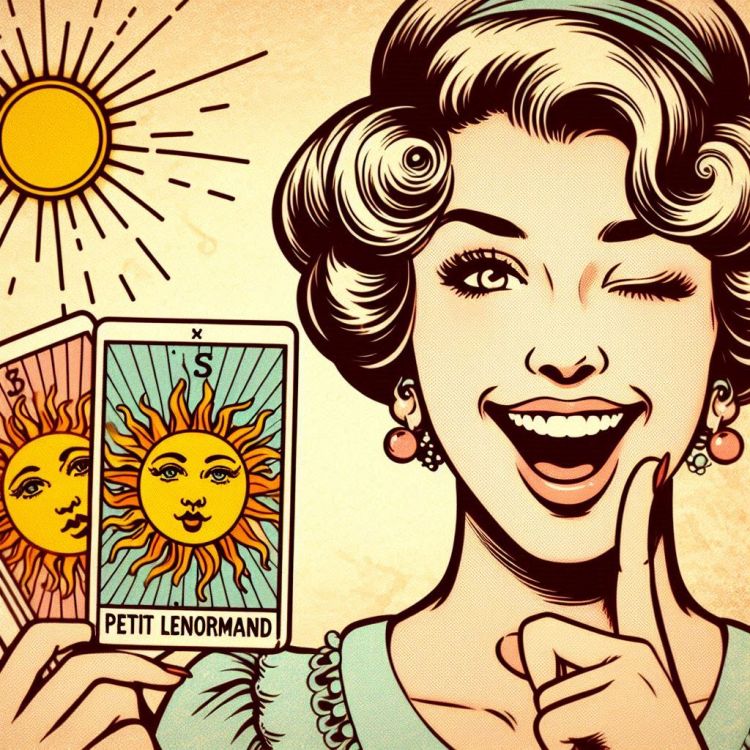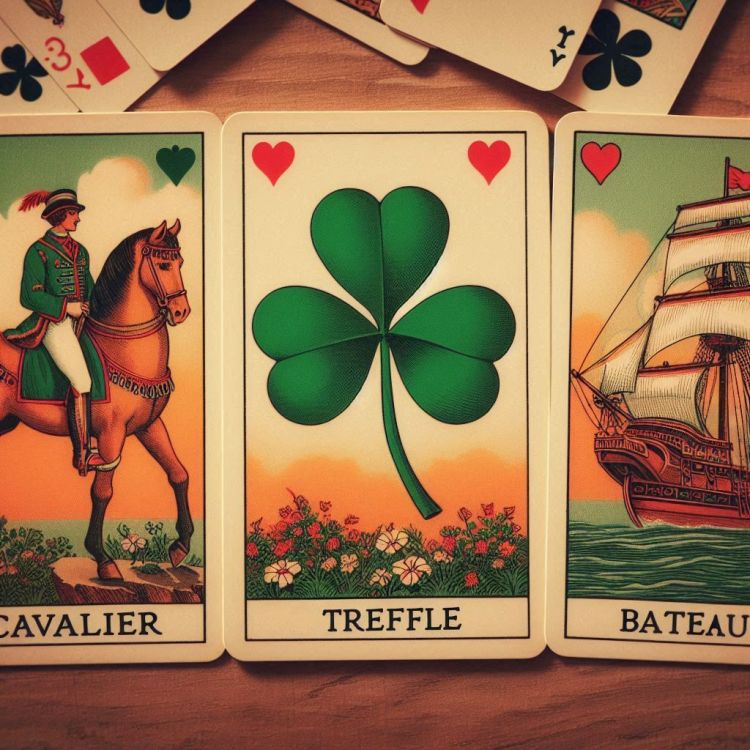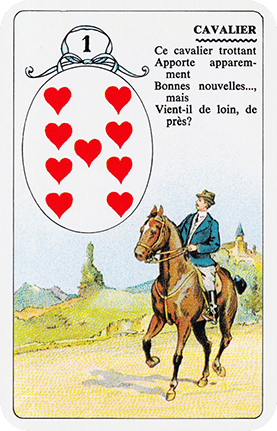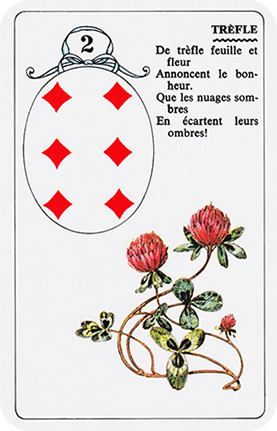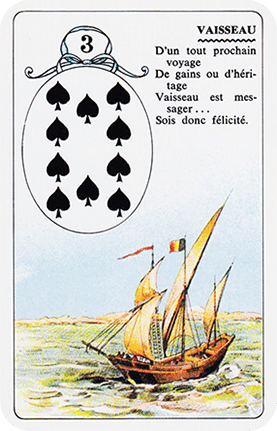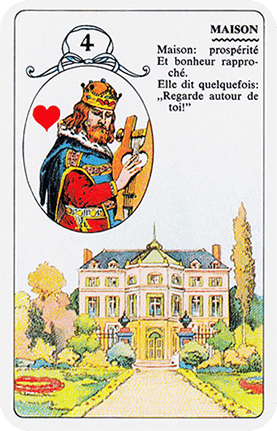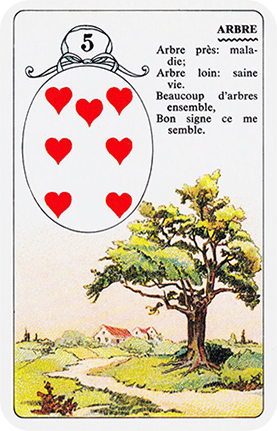
To start this article, I will offer a comparison between Tarot and Petit Lenormand. If you, my readers, are already familiar with tarot, drawing a parallel between these two divination systems will help you quickly grasp the specificities of the Petit Lenormand. We will highlight the main differences, such as the structure of the cards and the interpretation approach.
Next, we will discuss the essential features of the Petit Lenormand, to lay a solid foundation for the following steps.
Then, we will go into detail on how to best learn to use the Petit Lenormand, as one of the fundamental characteristics of this deck is the interpretation by card combination. So, in the second part of this article, we will explore different possible combinations in Lenormand reading, starting with two-card readings, then moving on to three-card readings, and finally to five-card readings.
Throughout this learning process, I will provide concrete examples and practical exercises to strengthen your understanding and confidence in interpreting the Petit Lenormand cards.
